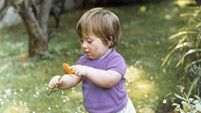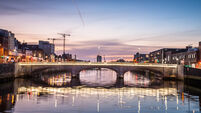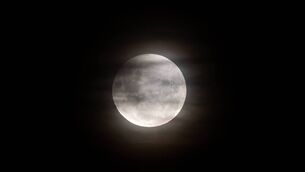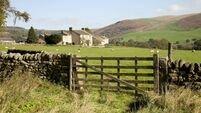Survival of the noisiest: the sparrow
They’re not collaborators: once they’ve occupied the feeders, they squabble among themselves. The female birds dominate the slightly larger males.
I have mixed feelings. I had no sparrows in the garden for years, and I was delighted when they came back. There was a sharp decline in numbers across northern Europe at the turn of the century. The population seems stable, at least in Ireland, although sparrows are still amber-listed. Having an amber-listed species visit your bird feeders in increasing numbers is a good feeling, but I’m irritated by their bossiness. I wish the other birds would stand up to them. A great tit should be able to hold its ground against a sparrow.














